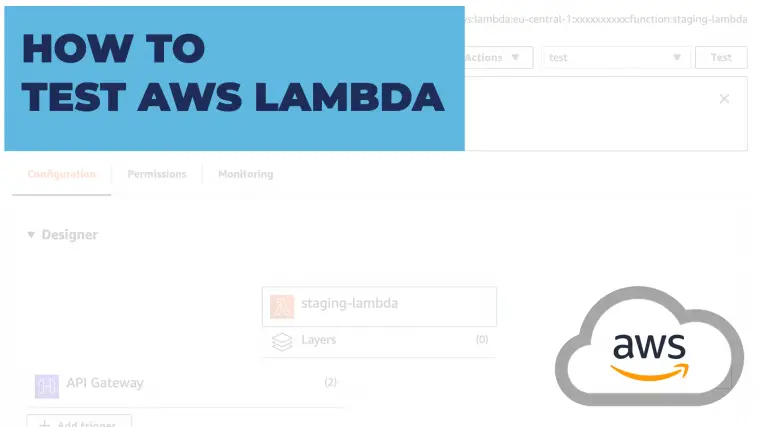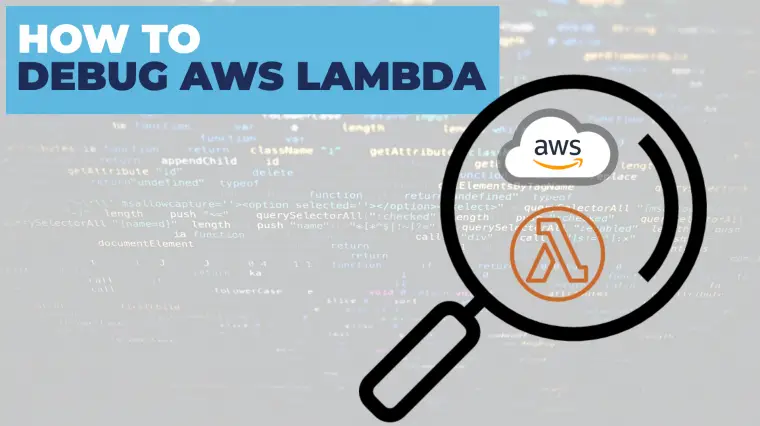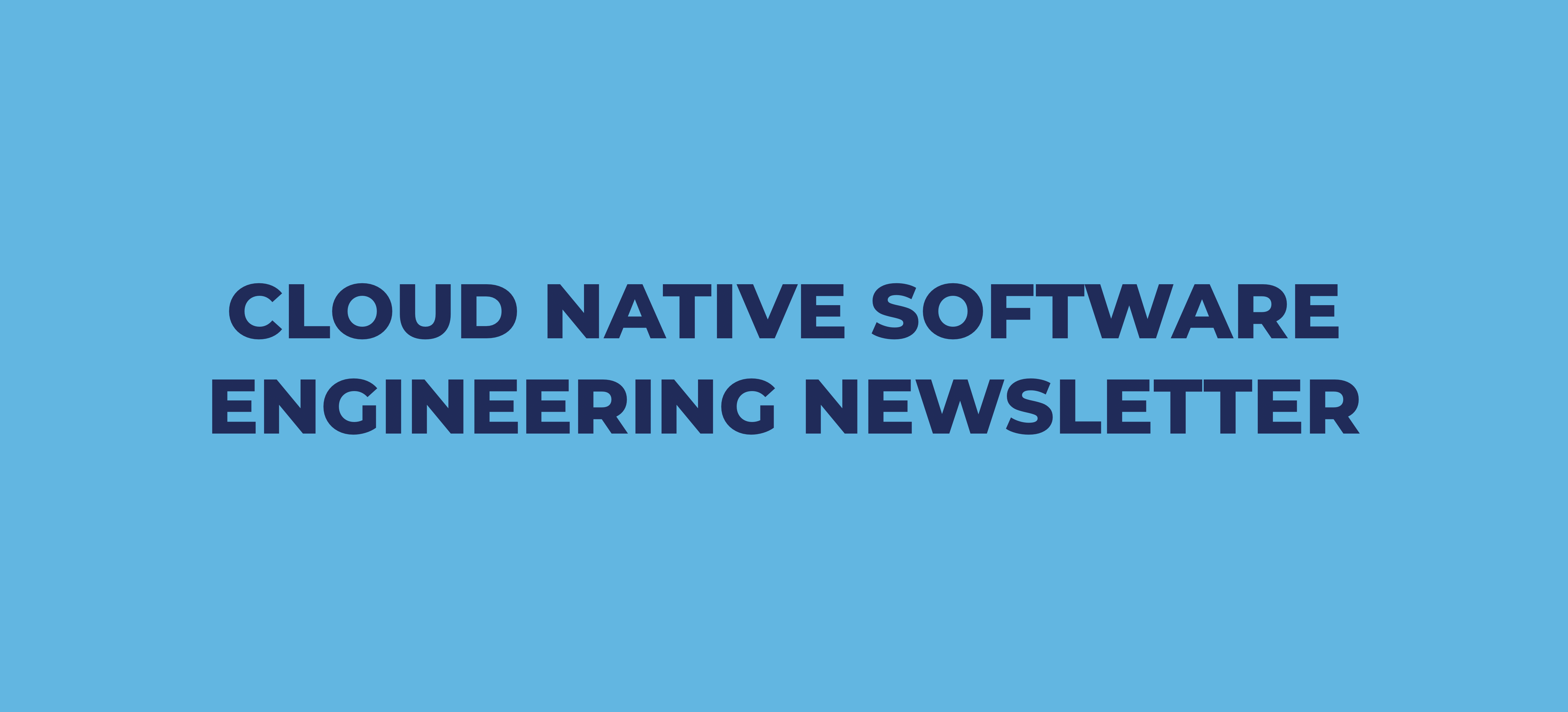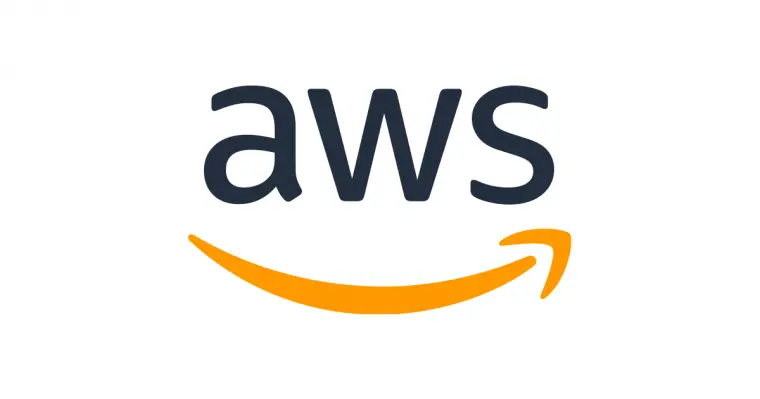So I’m guessing you’ve been thinking of learning cloud, or taking a cloud certification and you’ve stumbled across the company ACloudGuru in your search. Now you’re wondering if ACloudGuru is worth the price tag, and what your other options are for learning about cloud? Did I guess right?
Is ACloud Guru Worth It? If you want to get certified in cloud, ACloudGuru is a good option. For a monthly fee you get access to a lot of video content designed to help you pass cloud certifications, and the site is constantly being updated. Other options include: one-time payment courses on Udemy, learning platforms like Pluralsight, and freely available content.
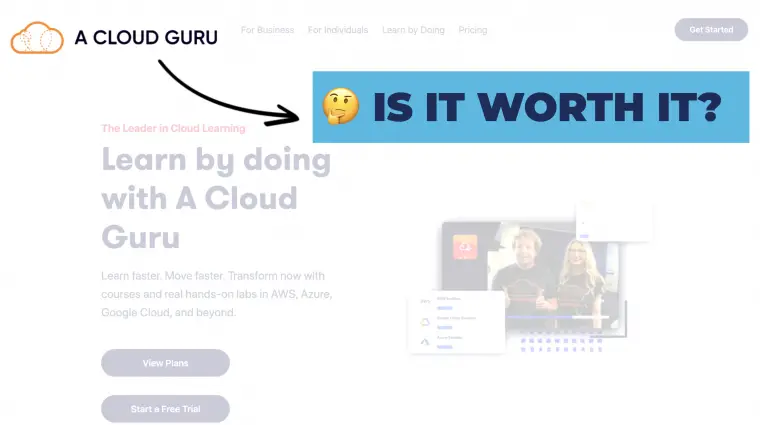
Even after writing many blogs and articles about exactly this topic—learning cloud—I still can find the cloud learning space very confusing. There’s a huge amount of options, and sometimes it can be hard to know where to start. Today I’ll run you through how my experience has been with ACloudGuru and help answer the question of whether it’s worth it, or not.
